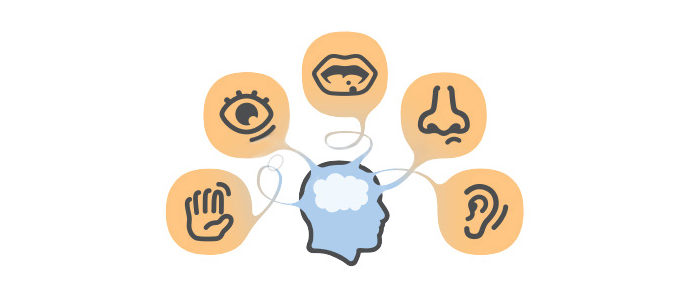Every day we gain sensory experiences through touch, movement, body awareness, sight, sound, and the pull of gravity. Sensory integration is the brain’s ability to organize and interpret sensory information we receive to use it in a meaningful way. Sensory integration provides the foundation for later, more complex learning and behavior.
Some Signs of Sensory Processing Disorder:
- Overly sensitive to touch, movement, sights, sounds, or smells.
- Under-reactive to touch, movement, sights, sounds, or smells.
- Easily distracted, difficulty focusing or sitting still.
- Social and/or emotional problems.
- Overall clumsiness, carelessness, avoid gross motor activities.
- Activity level that is unusually high or low.
- Inability to unwind or calm down.
- Impulsive, lacking self-control.
- Difficulty making transitions between tasks.
- Poor self-concept.
- Difficulty making transitions between tasks.
- Poor self-concept.
- Delays in academic achievement often appear learning disabled.
- Delays in speech, language, and overall motor skills.
What Can Be Done?
An evaluation by a licensed and trained occupational therapist will help to identify underlying sensory processing difficulties. A combination of standardized and non-standardized assessments, parent/teacher/caregiver interviews, and clinical observations of the child can assist the therapist and family in treatment planning and goal creation.
Recommended Readings:
- The Out-Of-Sync-Child (1998) by Carol Stock Kranowitz
- The Out-Of-Sync-Child Has Fun by Carol Stock Kranowitz
- Raising a Sensory Smart Child by Lindsey Biel & Nancy Peske
Leave Your Reply
You must be logged in to post a comment.




